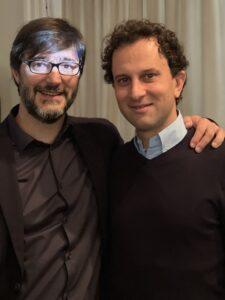Coravin: Revolutionizing Wine Preservation and Access
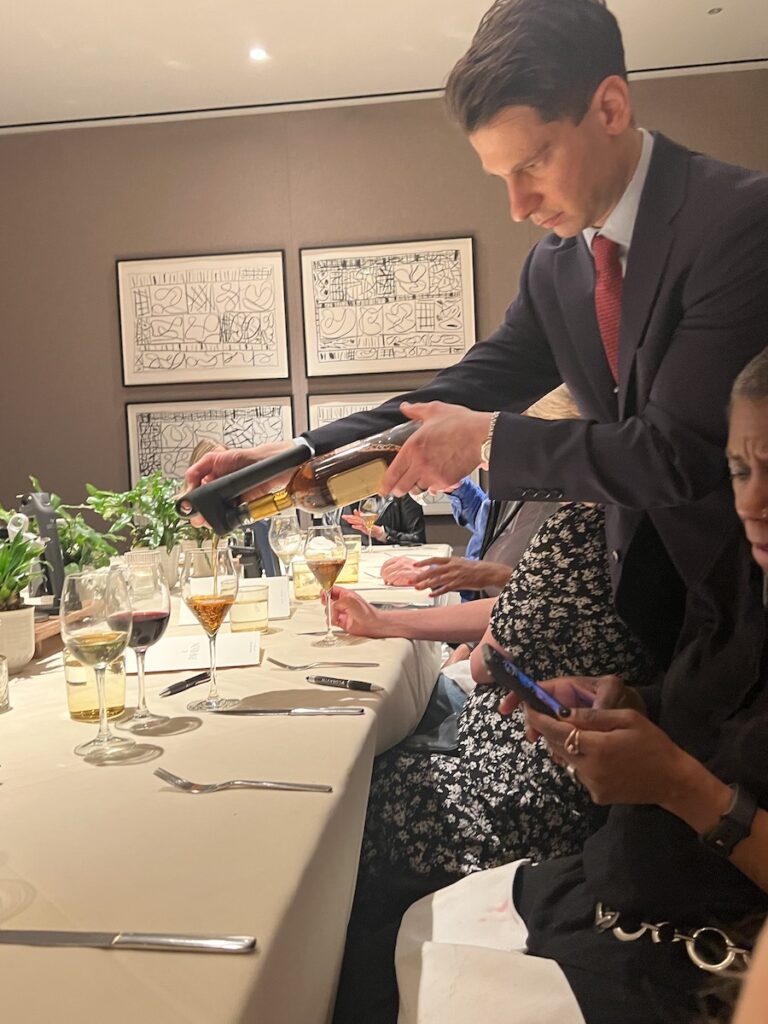
Have you ever found yourself curious about the founder of the Coravin, the revolutionary device that allows wine aficionados to preserve their wine for another time and place?
To be honest, I’ve always appreciated my Coravin. It was indispensable when I was a Master of Wine student, spending money on the best wines of the world to be prepared for blind tasting exams.
And I’ve heard others loved their Coravin because they enjoyed having a single glass of wine alone with dinner, and wanted to enjoy the rest later.
Yet to answer the question, I’ve personally never wondered about its founder.
That is, until I enjoyed dinner with him tonight and experienced his vibrant personality.
And his unique experience in the medical field partly responsible for making the Coravin possible.
The Coravin Story
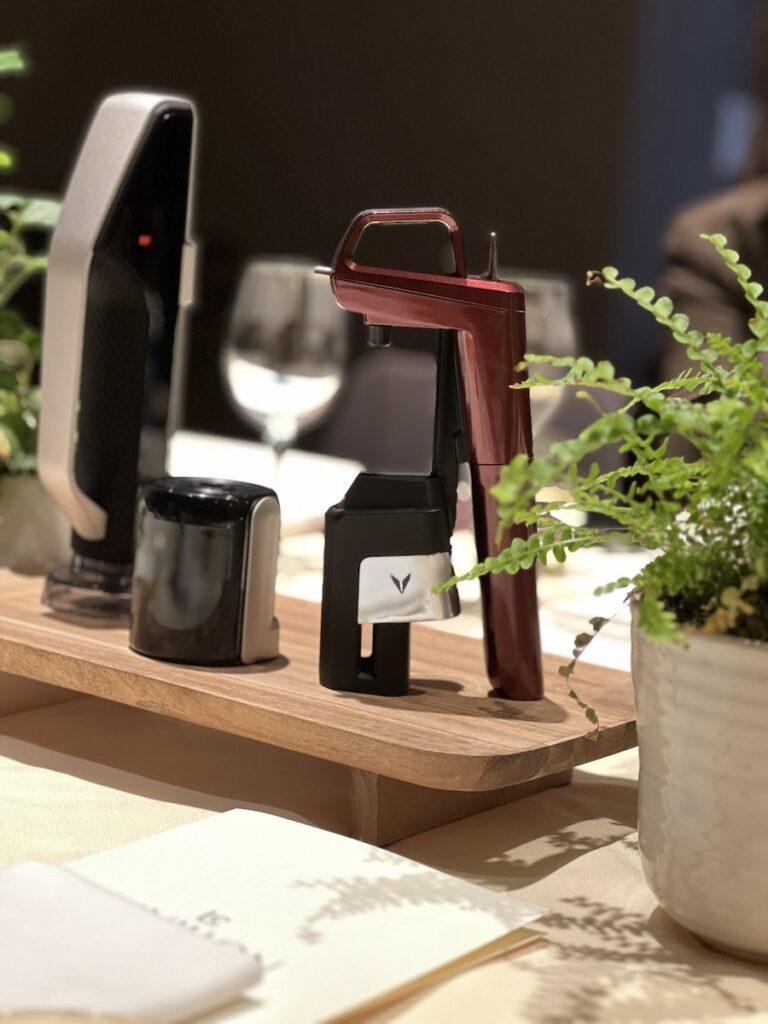
Greg Lambrecht is a man with a passion for both wine and engineering.
A medical device inventor and wine enthusiast, Lambrecht found himself faced with the frustrating predicament of not being able to indulge in a bottle of wine without committing to finishing it.
This realization sparked the idea for a device that could preserve wine while allowing the consumer to enjoy a glass without pulling the cork.
Mr. Lambrecht understood that the mere act of uncorking a bottle for a single glass might ruin the remaining wine because of oxidation.
Drawing inspiration from medical syringes and needles, he set out to design a tool that could pierce the cork, extract the desired amount of wine, and replace the missing liquid with inert gas to preserve the remaining contents.
With this innovative concept, the foundations of Coravin took shape.
The Inception of Coravin
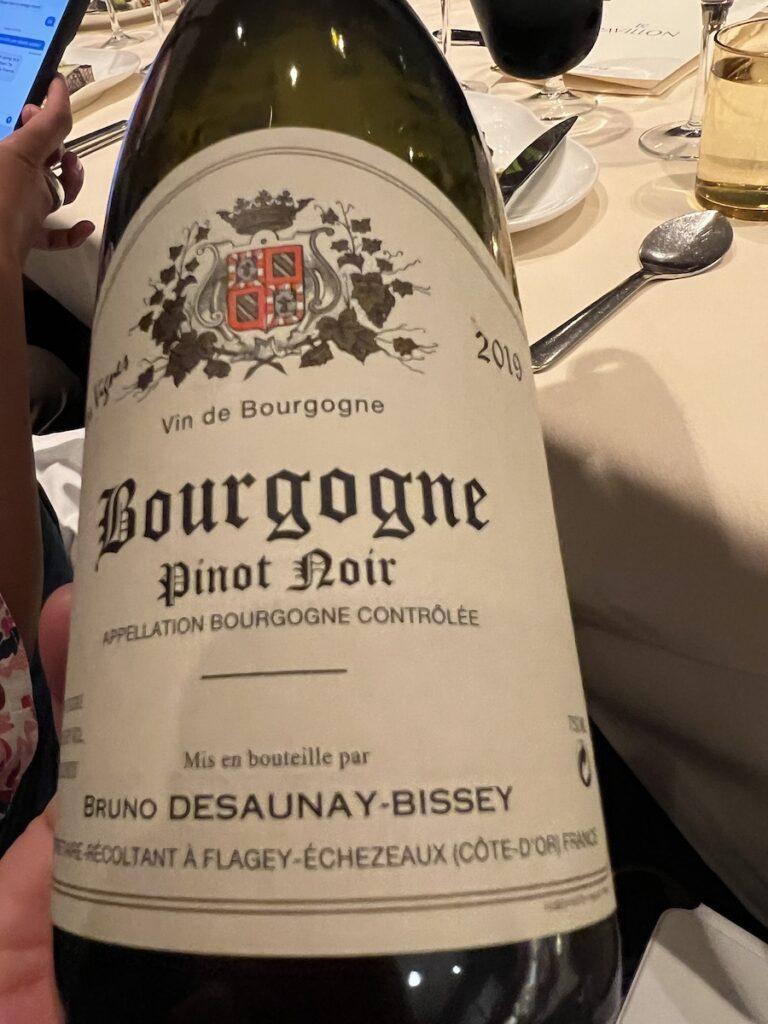
In 2011, after years of research, prototyping, and refinement, Greg Lambrecht introduced the world to Coravin.
The device was an instant game-changer, providing wine lovers with the ability to savor any wine in their collection, regardless of the quantity desired, without compromising the rest.
The Coravin system comprises a handheld device equipped with a specially designed needle and a gas capsule, enabling the wine to be extracted from a bottle while leaving the cork intact.
How Coravin Works

Coravin operates on the principle of using a thin, hollow needle to penetrate the cork, causing no damage or leaving a visible hole.
Once inserted, the device releases a small amount of argon gas, an inert gas heavier than air, into the bottle. This process pressurizes the bottle and forces the wine out through the needle and into the glass.
When the needle is removed, the elasticity of the cork allows it to reseal, effectively protecting the remaining wine from oxidation.
.
The Impact and Benefits
Coravin’s introduction had a profound impact on wine lovers, collectors, and professionals worldwide.
It eliminated the need to choose between opening a cherished bottle or waiting for a special occasion.
With the ability to pour a single glass without affecting the rest of the wine, consumers could explore and taste a wider variety of wines, including those with limited availability or steep price tags.
For sommeliers and wine professionals, Coravin enables them to offer a more extensive selection by the glass without the risk of spoilage.
This includes Champagne and Sauternes.
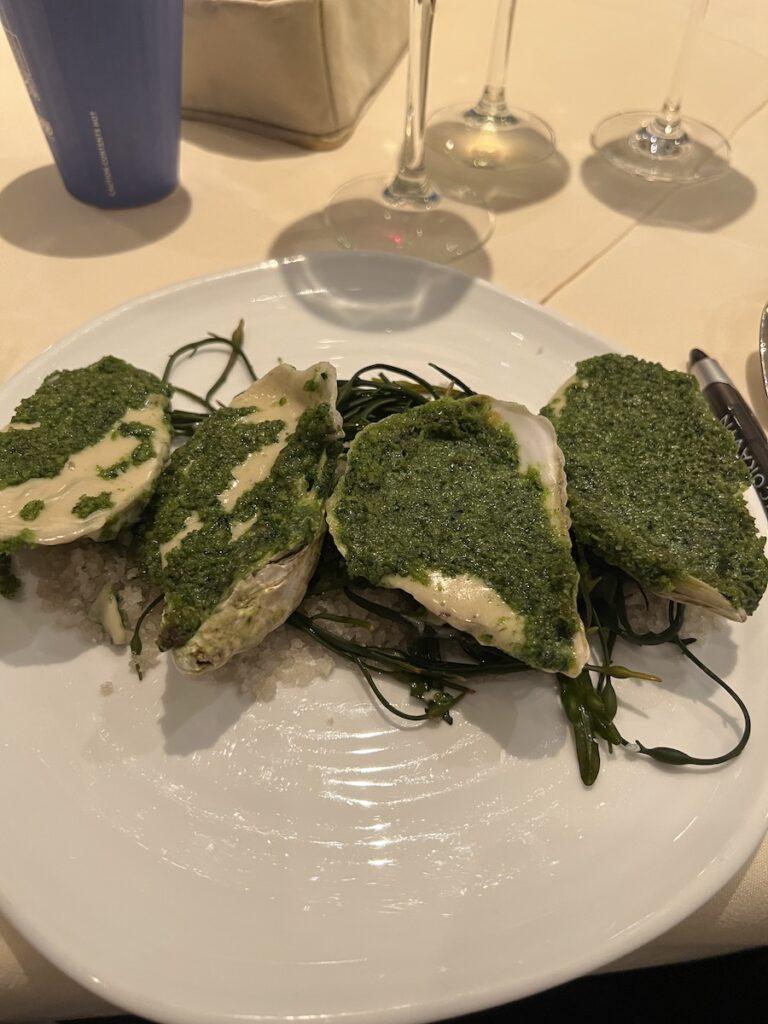
Connection Between Medical Device Innovation and Wine
Greg Lambrecht’s medical background played a pivotal role in the development of Coravin.
As a medical device inventor, Lambrecht had a deep understanding of precision engineering, fluid dynamics, and the importance of maintaining a sterile environment.
These skills and knowledge helped to conceptualize and design a device that could extract wine from a bottle without compromising its integrity.
Mr. Lambrecht’s expertise in the medical field allowed him to draw parallels between the delicate nature of wine and the intricate procedures performed in the medical profession.
He recognized that, much like a syringe penetrating the human skin, a needle could penetrate a cork while ensuring minimal disruption to the wine inside.
Mr. Lambrecht’s understanding of gas dynamics and sterile techniques also guided his choice of using argon gas as the preservation medium.
Argon, being an inert gas, prevents oxidation and maintains the wine’s flavor profile, similar to how sterile gases are used in medical procedures to maintain a sterile environment.
The precision engineering aspect of Lambrecht’s medical background was critical in developing a needle that could pierce the cork without causing damage, leakage, or visible holes.
This delicate balance of strength and precision ensured that the cork would reseal effectively once the needle was removed, protecting the wine from oxidation.

During our conversation, I also discovered that Mr. Lambrecht’s experience in the medical device industry also shaped his approach to product development and quality control.
This dedication to quality and attention to detail ensured that Coravin could be trusted by both wine enthusiasts and professionals.
During our time together, I tasted firsthand how the world’s best wines, including aged Champagne and dessert wine, could stay fresh being kept in the Coravin for weeks. (But since I do have the Coravin, I already knew that.)
I’d say my favorite story from the evening was Mr. Lambrecht’s tale of a famous German restauranteur who refused to have him – or his Coravin – in his restaurant. But Mr. Lambrecht was able to get into his restaurant under a different name, and by the end of the evening, win him over.
He mentioned that Bordeaux producers were initially resistant, but now Veronique Saunders is a fan.
Very exciting evening given I was able to meet the creator of this incredible device.


